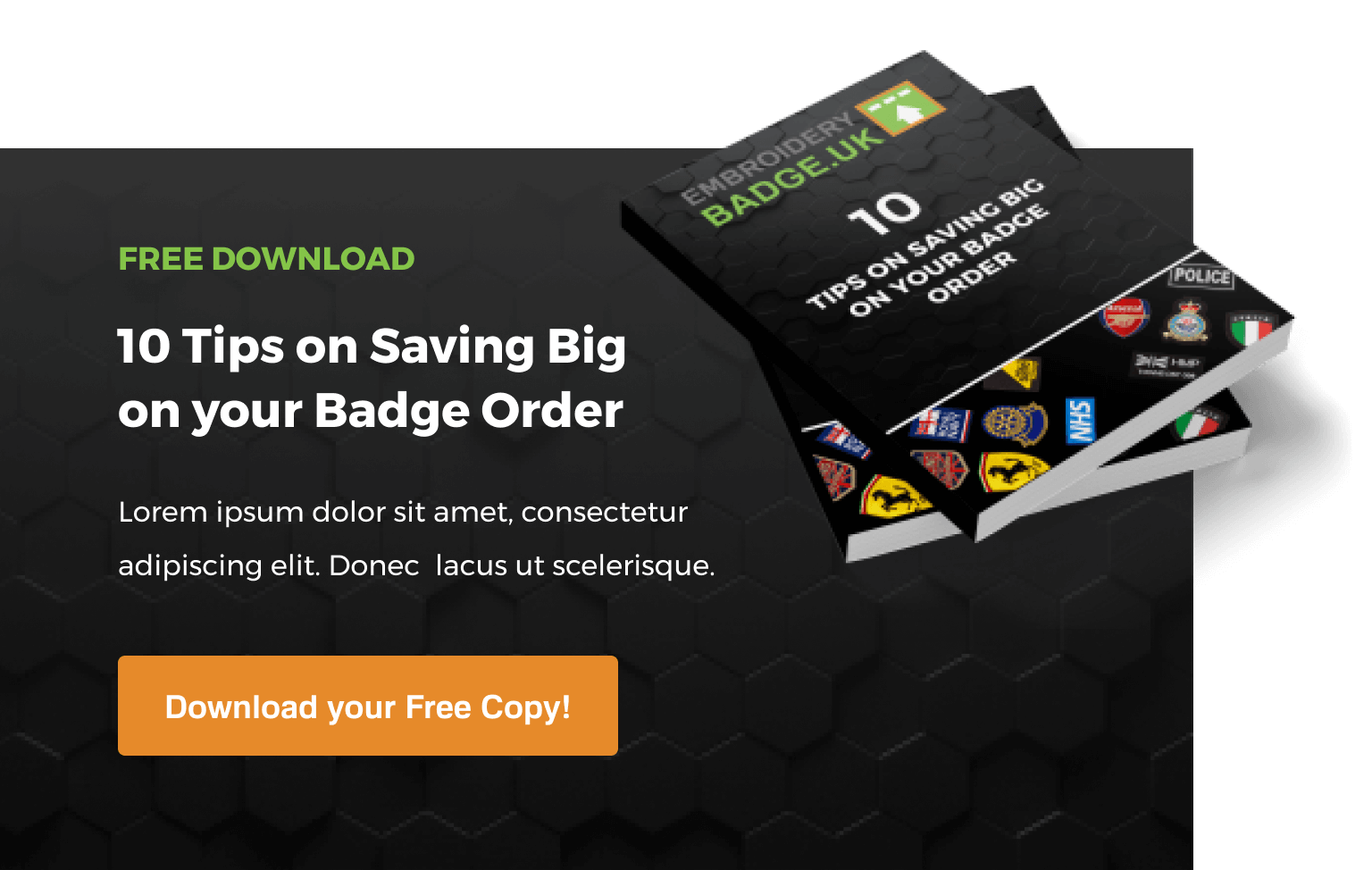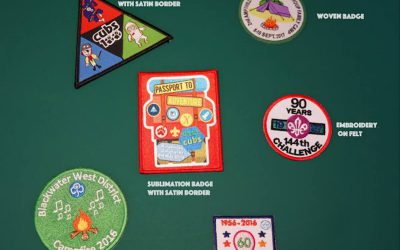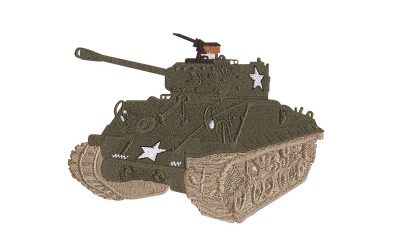Embroidered Badges and Patches are all the rage right now. Apart from being standard symbols and insignias, they’re also being applied to t-shirts, jackets, bags and, now, shoes! In this blog we will explain to you exactly how you can apply a badge onto your garments and accessories.
It’s well known to garment manufacturers and designers that there are more than a few ways to attach a patch, however, there are some techniques that are better suited to your needs than others. At (XYZ) it’s our job to help you find the best way in order to get the most out of your badge.
Over the years, the classic embroidered badge has given way to more revolutionary and artistic methods of creating badges. There’s woven badges, applique badges, sublimation badges, chenille badges, and also combinations of two or more.
You can check our more types of badges and their details on our Badge blog here.
Here are the 5 ways that you can apply a badge on to your favourite fabric:
Heat Seal Backing
The world fashion is forever changing. Innovative designs to minimalism, badges are competing and thriving right now. In the form of large and unique animal prints (the infamous Gucci Snake), cute slogans, emojis, minimalist pieces, they’re all over the market. The cut of the fabric is irrelevant as the patches themselves are making a statement. To further finesse, the backside of these badges are coated in sealant. This ensures that the badge holds its shape as well as glues on to the fabric when heat is applied. There are two methods of heat sealing, you can read about them Here.
With heat seal backings there are no seams or harsh lines around the design, no sewing required and can be attached to almost any heat sustainable surface. But it also comes with disadvantages like not being durable enough as sewing. If your garment goes through rigorous usage or washing, there’s a high chance of the badge coming undone.
Pros:
- Easy to attach
- Convenient to order in bulk for small topups
Cons:
- Some garments/caps need specialised heat press equipment
- Not suitable for nylon or garments with any kind of coating
Sewing it on
This method has been around since the inception of embroidery. It is, to date, the most durable technique of applying a badge Small one off quantities can be hand stitched using a simple thread and needle”, Larger quantities can be stitched at your local seamstress. for professional embellishment please see “applique embroidery”.
Although it’s traditional, using unconventional colour schemes or contrasting threads, you can further lift the look of your badge.
You can even make it invisible! All you have to do is add and embroidered or overlocked edge to your badge and sew around it in the application stage for your badges to be permanent!
Pros:
- Very durable,
Cons:
- A bit time consuming
Sew and Seal
The most time consuming yet effective way is to use heat seal as well as sew the badge on. The heat application helps the badge keep its shape, structure and consistency and the sewing extends the life of the application while adding another unique feature to your branding.
Pros:
- Very durable
Cons:
- A bit time consuming
Applique embroidery sewing
This method is mainly used by sports and performance wear companies. By using an embroidery sewing machine, your badge application will have an extremely professional finish and look like it’s a part of the fabric. 99% of the woven teamwear logos that you see on team jerseys are applied using this method
Pros:
- Very durable
- We provide a outline dst stitch file that lines up your badge perfectly on the embroidery machine
Glue
Popular with woven badges and temporary badge application, the method puts a complete DIY spin on badge application by giving the end consumer the option of applying it as and when desired. With a peel-off sticker backing, it’s flexible as well as a unique selling point to attract customers. It’s mostly used for events and promotions where all the staff can get wear tops of the same colour and once the badge is applied it all looks uniform




